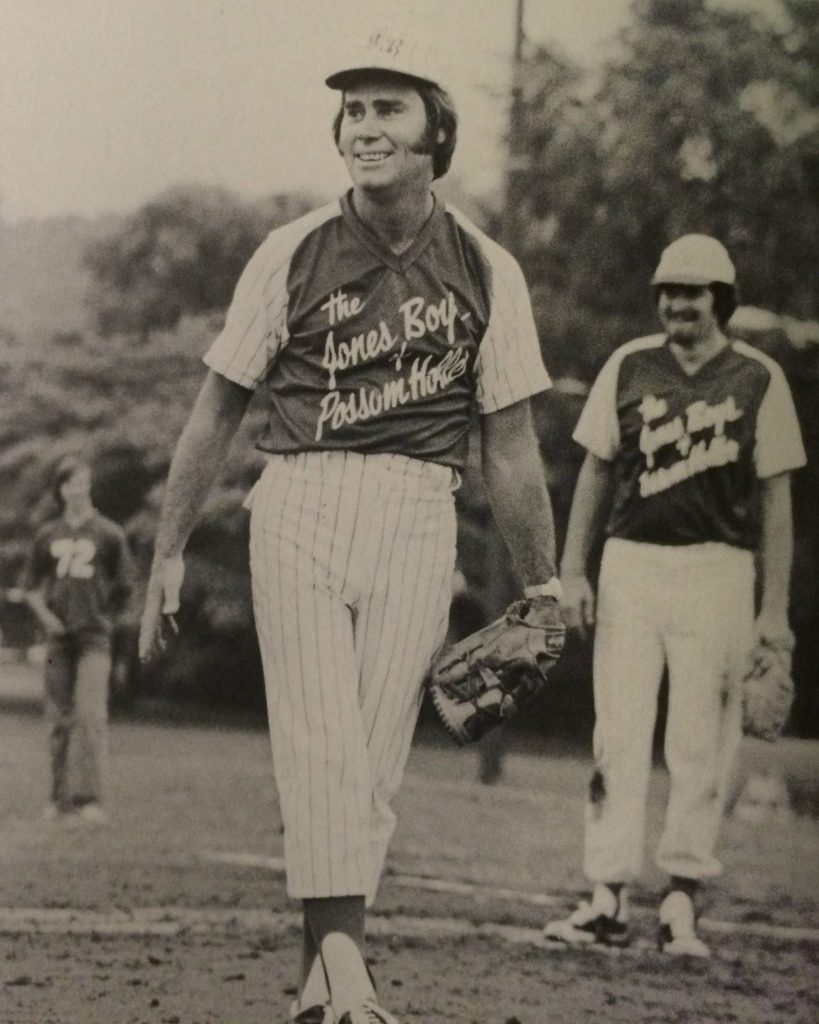
Introduction
George Jones is a name synonymous with country music. His ability to convey raw emotion through his voice has left an indelible mark on the genre. When I first heard “Still Doin’ Time,” I was struck by how Jones turned personal struggles into songs that resonate deeply. This song in particular touches on themes of regret, self-destruction, and the ongoing battle with inner demons, something Jones knew all too well. It’s a reminder of how music can become an outlet for pain, offering solace to both the artist and the listener.
About The Composition
- Title: Still Doin’ Time
- Composer: Michael P. Heeney, John Moffatt
- Premiere Date: Released as a single on August 31, 1981
- Album: Still the Same Ole Me
- Genre: Country
Background
“Still Doin’ Time” was recorded by George Jones at a time when his personal life was riddled with alcoholism and struggles. Released in 1981 as part of the album Still the Same Ole Me, the song became another chart-topping hit for Jones, reaching No. 1 on the Billboard Hot Country Singles chart. The song speaks to a man imprisoned by his habits and mistakes, a metaphor for the “time” served in personal confinement due to addiction. It’s one of those songs that capture the essence of the human struggle, especially for someone like Jones, whose battles with alcohol were well-known.
This song’s success reaffirmed Jones’ place in country music despite his turbulent personal life. It showcased his ability to translate personal pain into music that audiences connected with on a deep emotional level.
Musical Style
The musical arrangement of “Still Doin’ Time” is quintessential George Jones. The song is built around traditional country instrumentation: pedal steel guitar, fiddle, and a steady rhythm section that creates an atmosphere of melancholy and introspection. The simple yet effective structure allows Jones’ rich, emotive voice to take center stage. His vocal delivery is filled with the weight of sorrow, regret, and resignation, which mirrors the song’s theme of being trapped in a cycle of self-destruction. The steady, slow tempo reinforces the feeling of time dragging on, enhancing the lyrical content’s impact.
Lyrics
The lyrics of “Still Doin’ Time” tell the story of a man who feels trapped by his past decisions and habits, using the metaphor of serving a prison sentence to describe his ongoing struggles with addiction. Lines like “Still doin’ time in a honky-tonk prison” powerfully convey the sense of entrapment, not by literal bars, but by one’s own vices. The lyrics are deeply personal, reflecting Jones’ own life at the time, where his battles with alcoholism and the consequences of his choices were public knowledge. There’s a universal relatability in the theme of being unable to escape one’s mistakes, making the song resonate with anyone who has ever felt stuck in a difficult situation.
Performance History
Since its release, “Still Doin’ Time” has been performed by Jones in several concerts, and it remains one of the staples in his discography. Notably, it became his ninth No. 1 single in the 1980s, cementing his status as a country music legend. Jones’ live performances of the song were often powerful and poignant, as he was living through the struggles depicted in the lyrics. Over time, “Still Doin’ Time” has become one of his signature songs, frequently covered by other country artists and embraced by fans as a classic.
Cultural Impact
The cultural significance of “Still Doin’ Time” lies not only in its musical success but also in its reflection of George Jones’ personal life and struggles. The song became emblematic of his turbulent journey, mirroring the challenges that many face with addiction and regret. It has been featured in country music documentaries and retrospectives on Jones’ career, highlighting its importance in the country music canon. Beyond the country scene, the song’s themes have a universal resonance, which is why it continues to be relevant decades after its release.
Legacy
“Still Doin’ Time” remains one of George Jones’ most memorable songs, and its legacy is tied to the way it captured a moment in his life when his struggles were at their peak. Yet, despite the personal pain underlying the song, it is a testament to resilience and survival. Jones’ ability to turn his demons into art made him an enduring figure in country music, and “Still Doin’ Time” stands as a reminder of the cathartic power of music. Even today, the song resonates with audiences, offering a sense of connection and understanding for those dealing with their own battles.
Conclusion
“Still Doin’ Time” is more than just a song about addiction or personal mistakes—it’s a testament to George Jones’ ability to take life’s hardest moments and turn them into something universally relatable. For anyone looking to understand the depth of Jones’ artistry, this song is essential listening. I encourage you to explore it further, whether through his original recordings or live performances that capture the raw emotion at the heart of his music. One listen and you’ll understand why George Jones is considered one of the greatest voices in country music history
Video
Lyrics
Has it been a year since the last time I’ve seen her
My God, I could swear it was ten
And the ocean of liquor I drank to forget her
Is gonna kill me but I’ll drink ’til then
I’ve been livin’ in hell with a bar for a cell
Still payin’ for my cheatin’ crime
Oh, and I’ve got a long way to go
Still doin’ time
Still doin’ time in a honky tonk prison
Still doin’ time, where a man ain’t forgiven
My poor heart is breakin’
Oh, but there’s no escapin’
Each morning I wake up and I find
Still doin’ time
Oh, when you’re caught cheatin’ twice, it’s twenty to life
In a place where the sun never shines
And tomorrow you’re gonna find me right here
Still doin’ time
Still doin’ time in a honky tonk prison
Still doin’ time, where a man ain’t forgiven
My poor heart is breakin’
Oh, but there’s no escapin’
Each morning I wake up and I find
Still doin’ time
Still doin’ time
